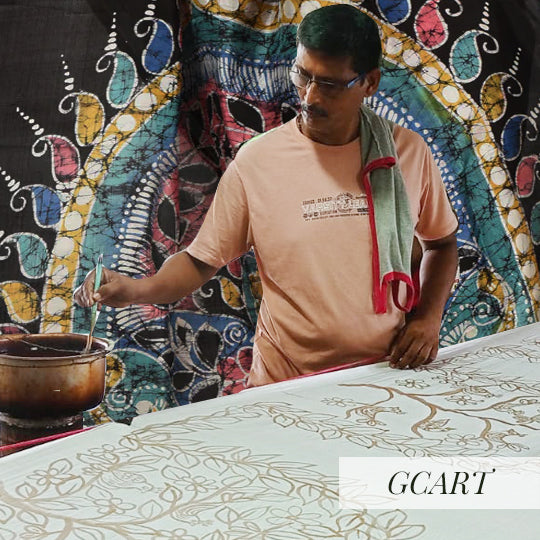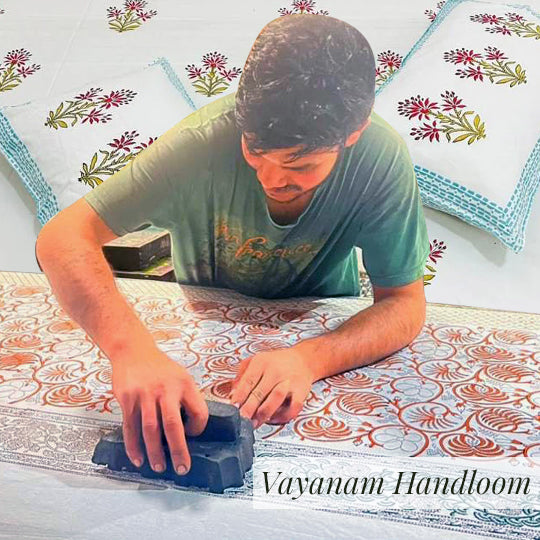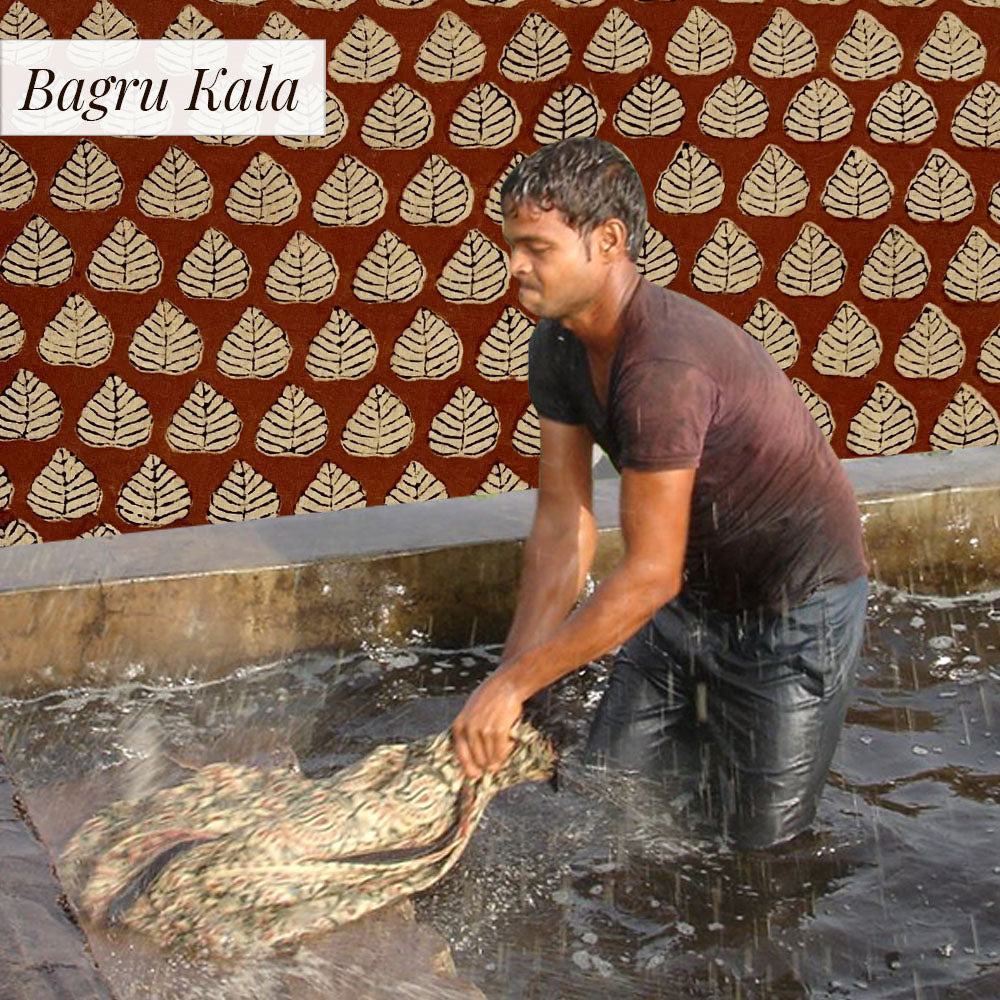INTRODUCTION:
Banarasi sarees are created in Varanasi, a city in Uttar Pradesh. They are some of the best traditional sarees in India and are very heavy because of their intricate embroidery, making them ideal for celebrations, weddings, and other special occasions. Pure silk, Georgette, Organza (Kora), and Organza are the four materials typically used to create the traditional versions of this saree (Katan).
 Banarasi saree
Banarasi saree
HISTORY:
The artists from Banaras began to establish themselves during the Mughal era, around the 14th century, by creating distinctive and intricate silk brocades using gold and silver zari threads. During the 18th and 19th centuries, banarasi weaving began to gain popularity and expertise. These sarees are among the finest in India and are renowned for their lavish hand-weaving, exquisite silk, gold and silver brocade or zari.
TECHNIQUES USED:
Banaras weaves are known for their rich, intricate patterns and silk fabrics that are adorned with gold or silver zari threads. Tanchoi Silk is thought to have been introduced to India by Chinese traders in the nineteenth century and afterwards modified by Indian weavers. Tanchoi weaving is the method used to create Banarasi sarees. Two to five different coloured threads are woven while using a single or double warp in this method of creating sarees.
MOTIFS USED:
Motifs give a very intricate yet very elegant feel.One of the most significant fruits is the auspicious mango . It is a significant figure in Indian mythology. Famous Indian kings like the Mughal Emperor Jahangir and King Akbar supported the arts and adorned themselves with mango-themed palaces, jewelry, and clothing. Paisley motifs are used to decorate the entire saree. This Banarasi beauty has meenakari work in paisley patterns on the border and pallu, which adds to its calming aura.
 Banarasi saree with paisley motif
Banarasi saree with paisley motif
The pattern quickly gained a lot of traction and was one of the most widely used ones for saree weaving. The most spiritual and symbolic motif is the Paisley pattern which holds traditional meanings. The paisley is an Indian symbol for the harvest season, which has both religious and socioeconomic significance. The Paisley pattern was developed for the Indian King for regal applications like crowns or court attire.
 Paisley motif
Paisley motif
 Banarasi saree with Bel motif
Banarasi saree with Bel motif  Bel motif
Bel motifA small buti and a large butta might be portrayed as flowers. While the butta is woven in rows alongside the end piece, the smaller buti are typically woven in repeated rows across the saree. Although Persian in origin, the word butta or buti is frequently used in Banarasi sarees and has symbolic meaning for Hindus. Bel butta motifs are among the most traditional found in Banarasi weaving.
 Butti motif
Butti motif
TYPES OF BANARASI:
- Pure silk (Katan): A simple silk fabric is called katan. This has produced pure silk sarees by weaving pure silk threads, which are subsequently twisted. While these sarees are currently made on looms, Katan sarees were handwoven on handlooms in the past.
- Shattir: We all know that brides need a touch of modernity in their attire, making shattir the ideal choice. Under the name Banarasi, shattir is the only fabric utilized to make cutting-edge, unique designs.
- Jangla Benarasi sarees: This particular pattern, which covers the saree with a plant motif, explains how the word Jangla was adapted from the word jungle. It is a variety of brocades distinguished by its complex weaving.
 Jangla Banarasi sarees
Jangla Banarasi sarees
- Tanchoi Banarasi sarees: This is a stunning labyrinth or paisley pattern woven with zari in the "Jamawar" manner. This is a different style of Benarasi saree that is particularly popular for weddings. Weavers from Banaras use vibrant weft silk yarns to weave motifs onto these sarees. This sari's pallu is frequently embellished with huge paisley motifs.
 Tanchoi Banarasi sarees
Tanchoi Banarasi sarees
STRIKING FEATURE OF BANARASI:
These saris are distinguished by their intricate interwoven floral and foliate motifs, kalga and bel, and a string of erect leaves known as jhallar at the outer edge of the border.
 Intricate woven motifs
Intricate woven motifs 
CURRENT ADAPTATION:
A handwoven Banarasi saree represents cultural beliefs and customs. The legacy of this timeless beauty is evidence that genuine artistic talent endures forever. It changes over time and never dies. The latest modern motifs and patterns are excellent examples of that. Banarasi weavers are incorporating contemporary colour palettes and fashion trends into their weaving patterns and motifs to create new generational yet timeless and elegant styles and patterns for the market. However, the origins of the handmade and weaving processes are conveyed by all weavers. The authenticity of the Banarasi people will endure thanks to the knowledge and wisdom passed down through the generations. Although the weaves and patterns have changed, the traditional weaving methods have not changed.
 Geometrical patterns
Geometrical patterns


























Leave a comment